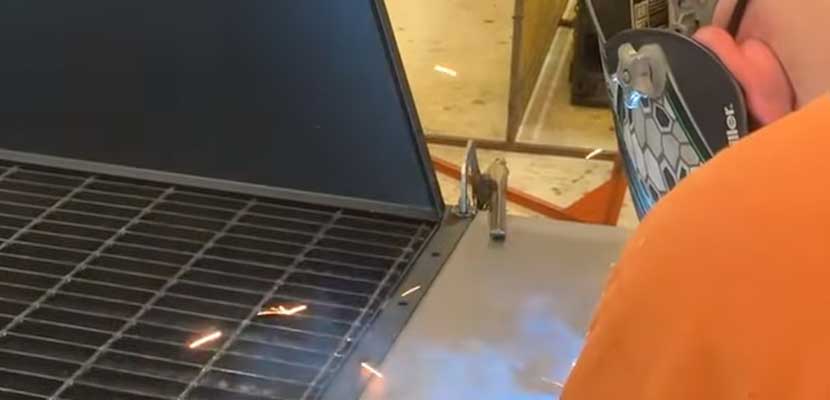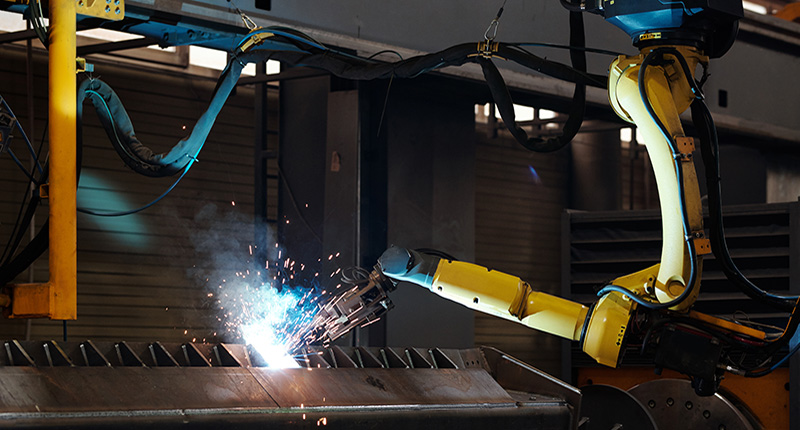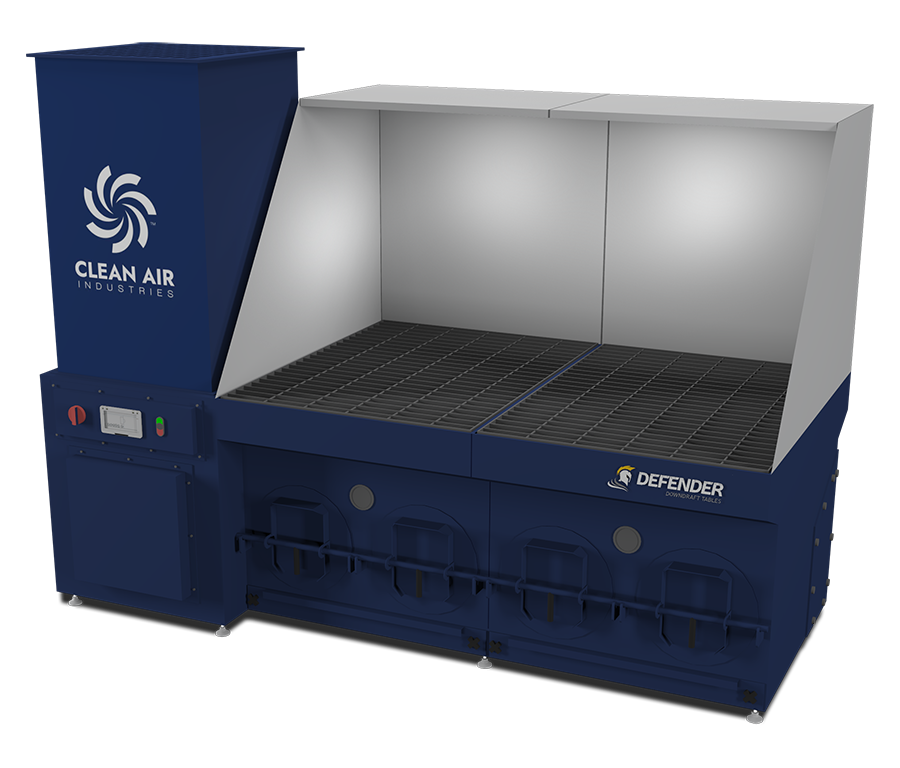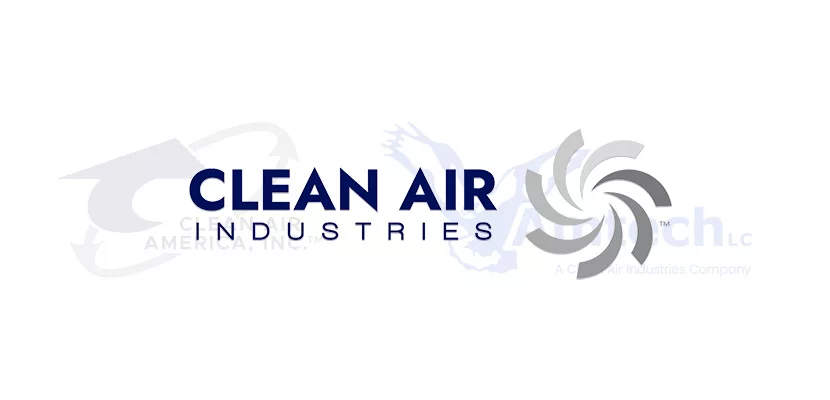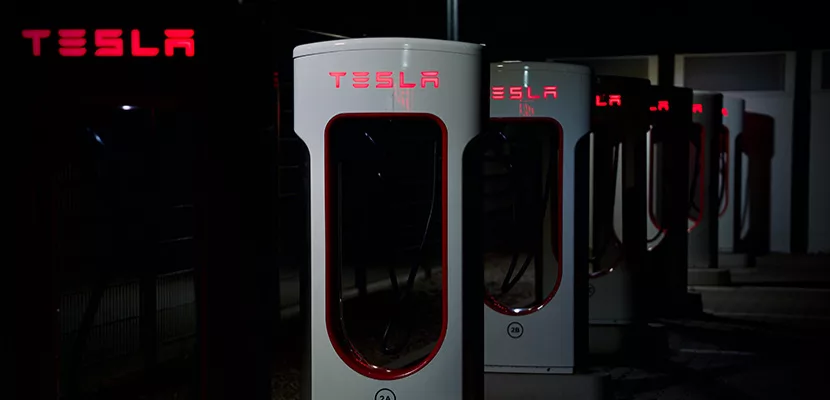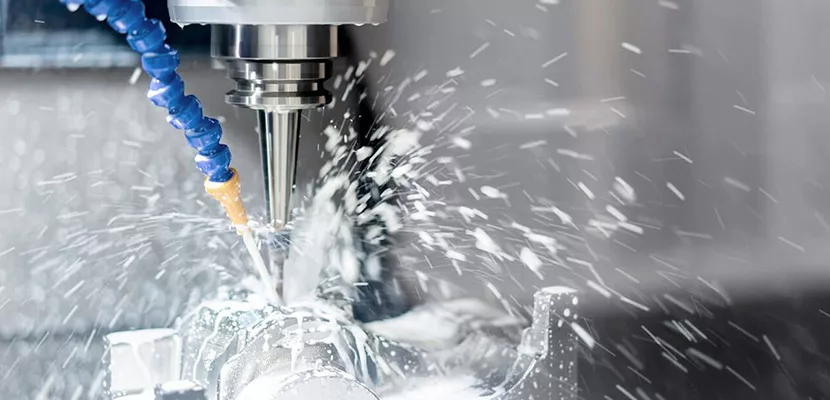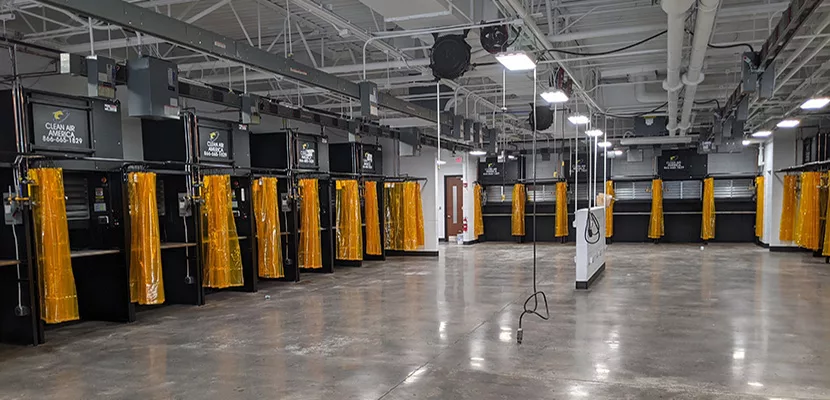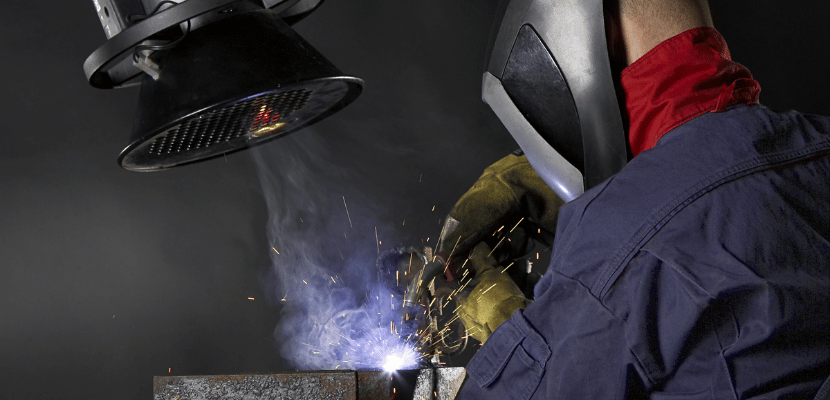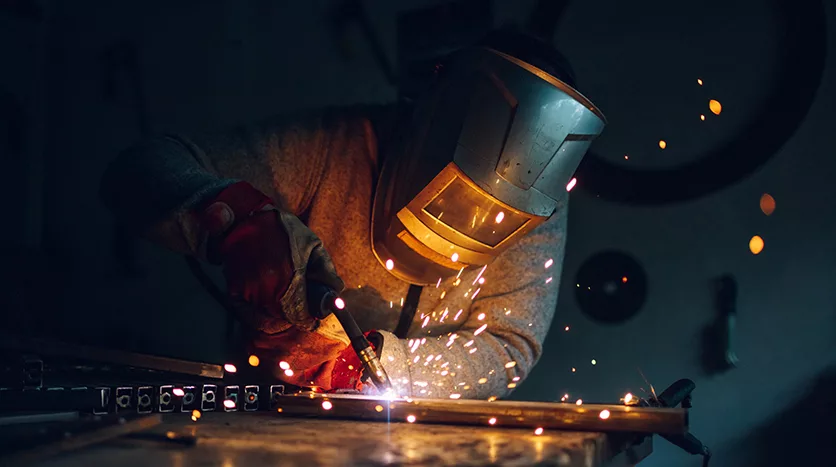Blog
-
A Heartfelt Tribute to Dave Baysek: A Journey of Passion and Legacy
As we approach the retirement of Dave Baysek on March... -
What is a Downdraft Table? How Does it Work?
Do you work in the manufacturing industry? Is your idea... -
Robotic Welding: Embracing the Benefits for a Safer and More Productive Future
In today's manufacturing landscape, the challenge of sustaining a skilled... -
Unlocking Workplace Safety and Efficiency: The Importance of Downdraft Tables in Manufacturing
Imagine a bustling manufacturing facility, the rhythmic hum of machinery,... -
Clean Air America, Inc. Announces Acquisition of Amtech LC and Formation of Clean Air Industries
September 11, 2023 - Clean Air America, a leading manufacturer... -
Emerging Technologies and Air Pollution: The Essential Role of Industrial Air Filtration and Dust Collectors in Modern Manufacturing
In an era where sustainable solutions rule, we're navigating through... -
Understanding Oil Mist and Oil Smoke: Applications, Health Risks, Safety Hazards, and Effective Solutions
Oil mist and oil smoke in manufacturing facilities are primarily... -
Creating a Spark: The Importance of Welding Booths in Schools for a Hands-On Learning Experience
In a world increasingly dominated by technology and digital learning,... -
Why Weld Fume Extraction Is So Important
You might not think much about the air you breathe.... -
A Shortage of Skilled Welders in America
According to the U.S. Bureau of Labor Statistics (BLS), as...


